Mon to Fri: 09:00 am to 07:00 pm

Mon to Fri: 09:00 am to 07:00 pm

Vinyl siding is a popular choice for homeowners to use on their houses and siding due to its durability, low maintenance, and overall appearance. However, one common problem faced by many homeowners is the growth of mold on vinyl siding. Not only does this detract from the aesthetic appeal of your home, but it can also cause damage if left untreated.
Fortunately, there are several options available for cleaning and removing mold from vinyl siding. In this guide, we will discuss the different options on how to effectively clean mold off of your vinyl siding and keep it looking like new.
Disclaimer: We have partnered with Amazon to bring you these products and in doing so we receive a small commission when you buy a product from one of our links. As an Amazon Associate, we earn from qualifying purchases.
Click this link for quick access to Amazon: Amazon
Before diving into the specifics of vinyl siding mold cleaners, it's important to understand why and how mold and green algae stains grow on your house and siding. Mold thrives in moist environments, making vinyl siding an ideal breeding ground due to its exposure to outdoor elements.
Humidity, rain, and other outdoor moisture can create the perfect conditions for both mold and algae stains to develop on vinyl siding. Additionally, dirt and debris can accumulate on the surface, providing a food source for mold spores to grow.
The best way to combat mold growth on your vinyl siding is by taking preventive measures. Regularly cleaning your siding and properly maintaining it can help prevent the buildup of dirt and debris that promotes mold growth.
Additionally, consider using mildew-resistant paint or adding a layer of protective coating to your vinyl siding. This can help prevent mold growth and make cleaning easier in the long run.
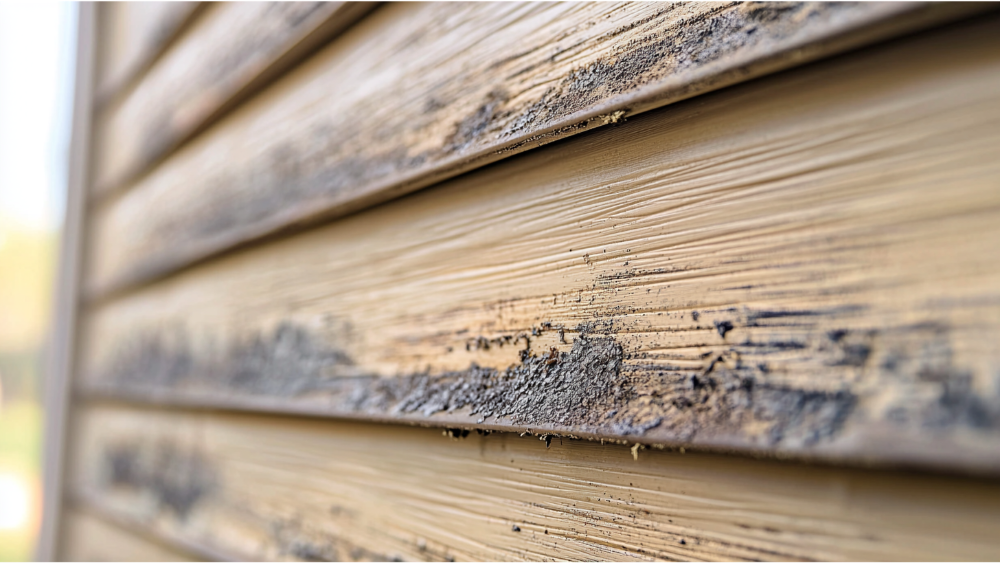
If you already have mold on your vinyl siding, there are several options for effectively removing it.
For a more environmentally friendly approach, you can try using natural solutions such as vinegar or hydrogen peroxide mixed with water. These ingredients have anti-fungal properties that can help kill and remove mold from your siding.
You can also create a DIY solution using a mixture of dish soap and water. Apply solution to the affected areas and scrub gently with a soft-bristled brush before rinsing off with water.
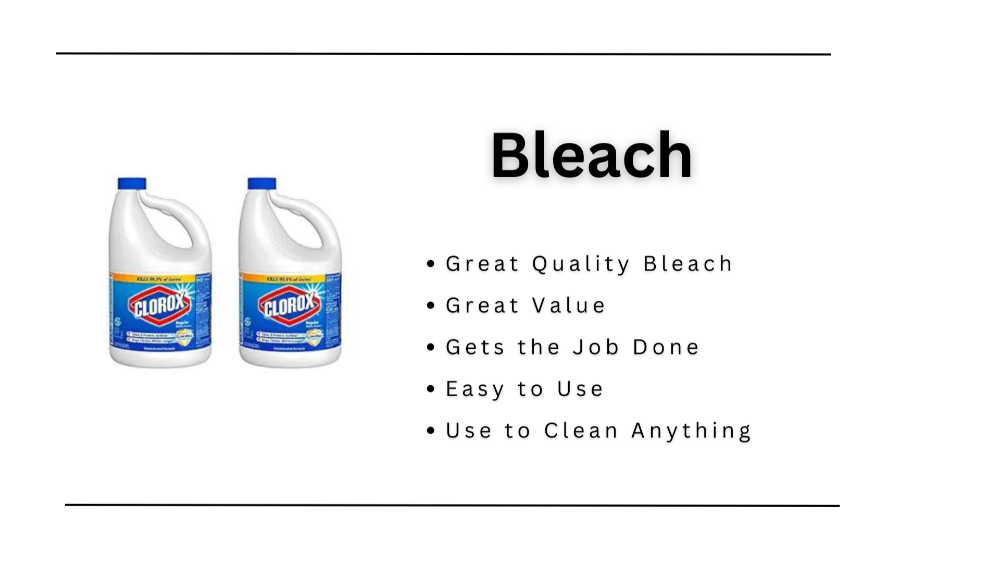 Click Here to Purchase from Amazon!
Click Here to Purchase from Amazon! Sodium hypochlorite, commonly found in household bleach, is an effective solution for removing mold from vinyl siding. It is a strong, chemical bleach-based cleaner that can quickly eliminate mold growth when used correctly because it's highly alkaline.
To use sodium hypochlorite, mix one part bleach with four parts water in a container, then apply the solution to the affected area using a sprayer or sponge. Allow it to sit for a few minutes to penetrate the mold on those stubborn spots, then scrub gently with a soft-bristled brush. Rinse the area thoroughly with water to remove any residue.
Ensure you wear protective gear such as gloves and goggles when handling this solution and any other chemicals, and be sure to follow all safety instructions on the product label to prevent any harm to yourself or damage to your siding.
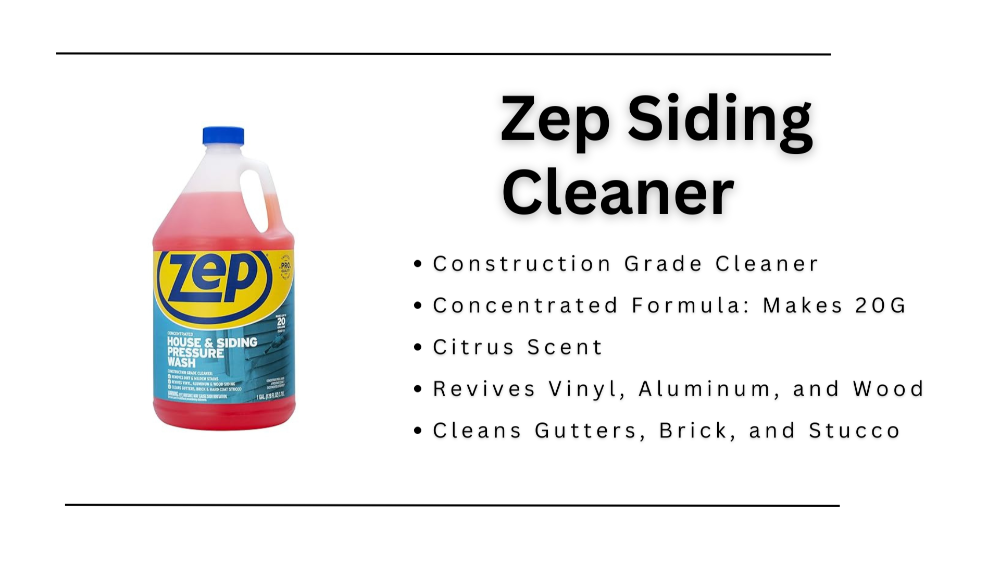 Click Here to Purchase from Amazon!
Click Here to Purchase from Amazon! There are many commercial mold cleaners specifically designed for use on vinyl siding, such as Zep Cleaner and Mold Armor. These products can be found at most home improvement stores, or through the link that we provide, and typically come in spray or concentrate form.
Be sure to read and follow the instructions carefully when using these products, as some may require dilution or specific application methods. It's also important to wear protective gear such as gloves and goggles while using these cleaners.
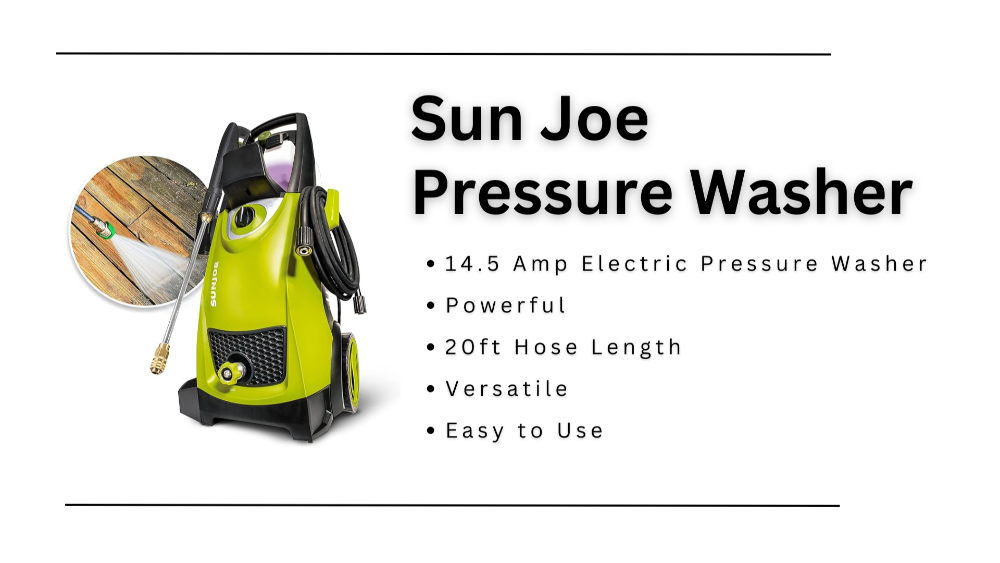 Click Here to Purchase from Amazon!
Click Here to Purchase from Amazon! Another option for cleaning mold off of vinyl siding, especially on vertical surfaces, is to use a pressure wash. This method involves using a high-powered water sprayer to remove dirt, debris, and mold from your siding.
It's important to exercise caution with pressure washing, as using too much pressure or getting too close to the siding can cause damage. When using a pressure wash be sure the setting is set at a low pressure to prevent streaking or any other issues that may occur. It's also recommended to use a mildewcide solution in the pressure washer to help kill and remove mold.
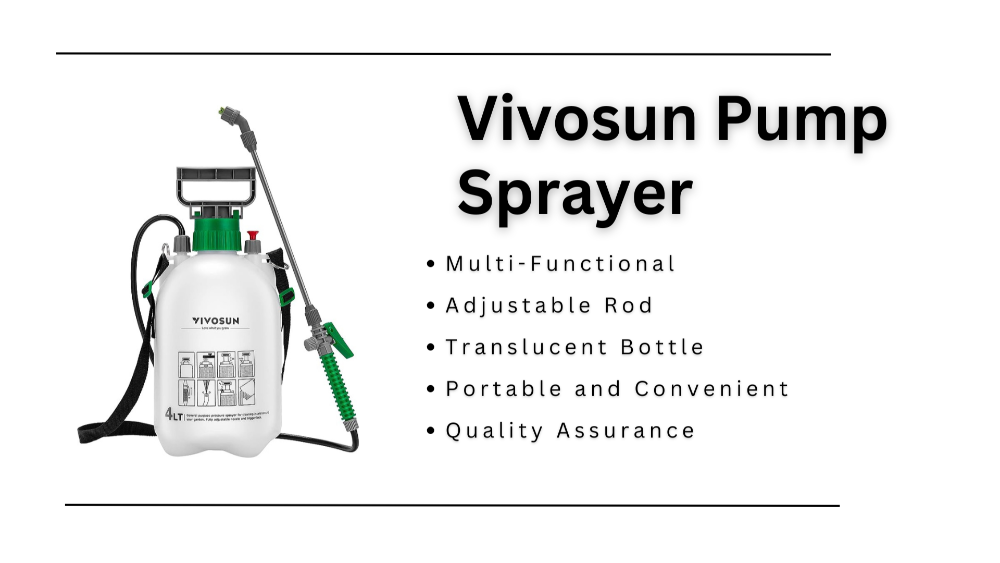 Click Here to Purchase from Amazon!
Click Here to Purchase from Amazon! A pump sprayer can be an effective and efficient tool for applying cleaning solutions to large areas of vinyl siding. To use a pump sprayer, fill the sprayer tank with your chosen cleaning solution. whether it's a natural mixture, a commercial cleaner, or a diluted mildewcide solution specific to a house wash or siding wash.
Carefully pump the handle to build pressure, then evenly spray the solution onto the mold-affected areas of your siding. Let the solution sit for the recommended amount of time, typically around 10-15 minutes, to ensure it penetrates and loosens the mold.
Afterward, scrub the area gently with a soft-bristled brush if needed, and rinse off with clean water from a garden hose. When using a pump sprayer, always follow the manufacturer's instructions for both the sprayer and the cleaning solution and wear appropriate protective gear such as gloves and goggles.
In addition to the methods and tools mentioned for cleaning mold off of vinyl siding, a siphon tube can also be a useful accessory. A siphon tube is often used with pressure washers to draw cleaning solutions directly from a container and mix them with water. This tool allows for the efficient application of cleaning agents over large areas of siding, making the cleaning process more streamlined and effective.
When using a siphon tube, ensure you follow the pressure washer’s instructions regarding the correct setup, and adjust the concentration of your cleaning solution as needed to prevent damage to your siding. Always prioritize safety by wearing appropriate protective gear during the cleaning process.
After successfully cleaning mold off of your vinyl siding, it's important to take steps to prevent its return. Regularly cleaning your siding and inspecting for any potential issues can help keep mold at bay.
It's also important to properly maintain your gutters, as clogged gutters can lead to water pooling against your siding and promoting mold growth. Trimming back any nearby vegetation that may be blocking sunlight and airflow can also help prevent future mold growth.
At Pro Superior Construction, we pride ourselves on being leaders in siding installation and maintenance services. With years of industry experience, our team of experts is dedicated to providing high-quality workmanship and exceptional customer service. Whether you're dealing with mold issues on your vinyl siding or require a complete siding installation, we have the skills and knowledge to meet your needs effectively and efficiently.
We understand that maintaining your home's exterior can be a daunting task, and our goal is to make this as seamless as possible for you. We offer comprehensive maintenance packages and custom solutions tailored to the unique needs of your property. Our team uses the latest techniques and high-quality materials, ensuring long-lasting and visually appealing results.
By choosing Pro Superior Construction for your siding and maintenance needs, you're not just hiring a service provider. You're partnering with a trustworthy team committed to protecting and enhancing your home. Contact us today to find out how we can help keep your siding in top condition, ensuring it remains beautiful and durable for years to come.
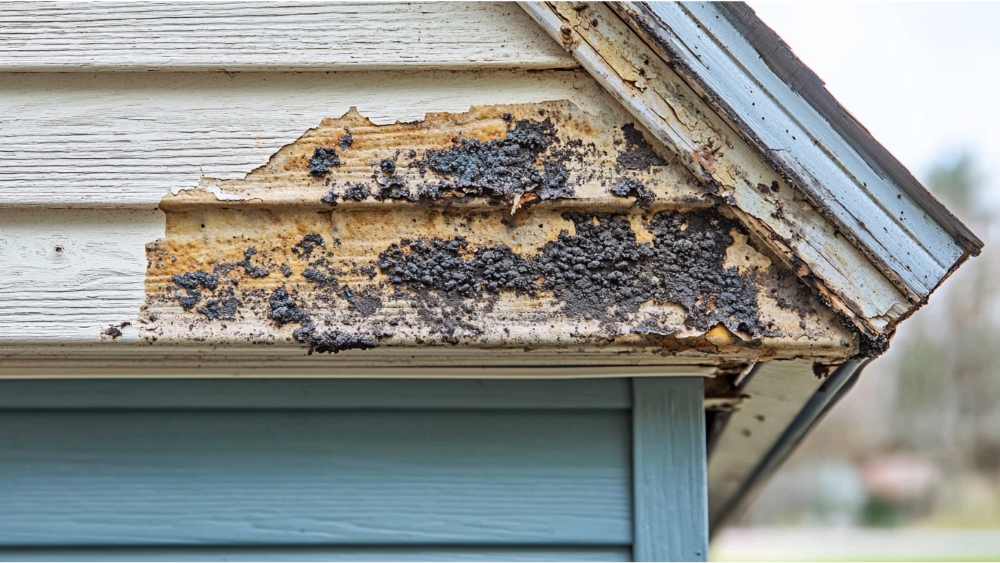
While the presence of mold may not directly harm your health, it can trigger allergies and respiratory issues in some individuals. It's important to promptly address any mold growth on your siding to prevent potential health complications.
This can vary depending on factors such as the climate you live in, the level of exposure to outdoor elements, and whether or not you have any nearby vegetation that may affect your siding. Generally, it's recommended to clean your vinyl siding at least once a year, but more frequent cleaning may be necessary for optimal maintenance.
It's not recommended to paint over mold on your vinyl siding, as the mold will likely continue to grow underneath the new layer of paint and could eventually cause damage. It's best to properly clean and remove any existing mold before painting, similar to how you would treat painted wood.
Mold growth on vinyl siding is not only unsightly, but it can also cause damage and potentially harm your health. By using the right techniques and products, such as natural solutions, commercial cleaners, power wash, or a pump sprayer, you can effectively remove mold from your siding. And with proper maintenance and care, you can prevent its return and keep your siding looking like new.
Consider consulting with a professional service provider, such as us here at Pro Superior Construction, for expert guidance and custom solutions to maintain the integrity of your vinyl siding. Don't let mold take over – take action today to protect your home's exterior and ensure its longevity. By regularly cleaning and maintaining your vinyl siding, you can enjoy a beautiful and well-kept home for years to come. So don't wait, start taking care of your vinyl siding now! Keep it mold-free and in top condition with these helpful tips and techniques. Happy cleaning!
Get a free siding or windows estimate today by simply filling out this form.
Our team members


